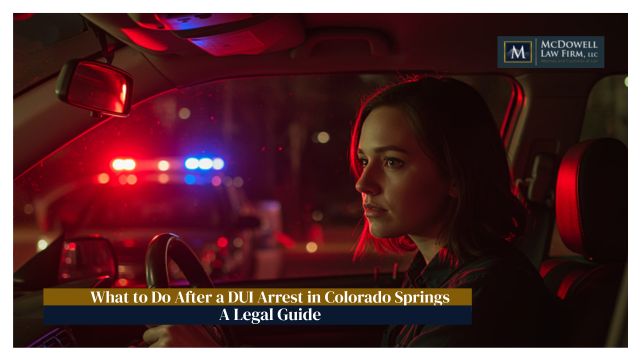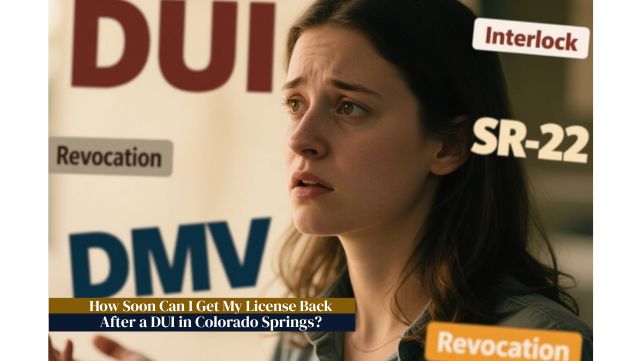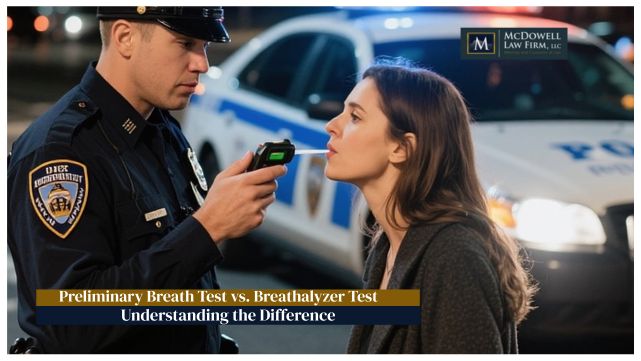Driving doesn’t always mean “driving” in the state of Colorado. Especially when it comes to proving “driving” for the purposes of a DUI or DWAI offense. Sounds complex? It can be confusing, but the Colorado Supreme Court has given some guidance on what it means to be driving in the context of a drunk driving case.
When many people think about the definition of driving, they consider foot on the gas, hands on the wheel, moving down the road. What about just sitting behind the wheel in a parking lot? Sleeping in the back seat, but the car is running?
This is where the issue of driving gets muddy in a Colorado DUI case. In an effort to provide guidance on what is or isn’t driving, Colorado adopted a standard for DUIs that a person can be considered to be driving if they are in “actual physical control” of their vehicle. The legal standard of actual physical control can be found in People v. Swain, 959 P.2d 426 (Colo. 1998). The Swain factors are now the basis for the language found in jury instructions regarding driving in DUI cases.
The Swain Case
Swain was a landmark Colorado Supreme Court decision that laid out the factors for how “actual physical control” is interpreted in Colorado courts. In September of 1995, Mr. Swain was in Durango with friends where he had some “two beers” (note: it’s always “two beers”) with dinner. He left Durango to drive to New Mexico, but felt tired on the drive and pulled over on Highway 140 where he fell asleep. “The deputies approached the truck and found Swain lying, either asleep or passed out, in the front seat. Swain was curled in a fetal position with his feet near the driver’s side door and his head resting towards the passenger’s side door. The keys were in the ignition and the truck’s radio was playing. The engine was not running and no evidence was introduced concerning whether the truck’s headlights were on.” Swain, at 427. The Swain court enumerated the following factors for actual physical control:
Where the vehicle was found;
Where in the vehicle the person was found;
Whether the keys were in the ignition;
Whether the motor vehicle was running;
Any other factor that tends to indicate that the person exercised bodily influence or direction over a motor vehicle.
Ultimately, whether a person was driving is a question for a jury to decide based on a totality of the circumstances. The Swain Court also held that not any single factor is definitive as to driving.
The VanMetre Case
A decade after Swain, in People v. VanMatre, 190 P.3d 770, 773 (Colo. App. 2008), the Colorado Court of Appeals added that a “a vehicle must be reasonably capable of being rendered operable before a person can be convicted of ‘driving’ . . . the vehicle while intoxicated”.
Was I DRIVING drunk?
More often than you’d expect the question of whether a person accused of DUI was driving becomes the central issue of a case. I have handled hundreds of cases where the main thrust of our case was a “no drive” defense. I see this often in Downtown Colorado Springs where a person is sitting in their car in a parking spot, waiting for a friend or an uber. (The question of whether the police contact was legal in these encounters is the subject for another blog on Fourth Amendment searches and seizures.)
Are they intoxicated? The blood or breath tests would indicate they were. Which is perfectly legal if they are of age. What isn’t legal is to operate a motor vehicle in their intoxicated state. When I review the police reports and body cam, we are looking for the Swain Factors of actual physical control. Remember not any single factor is dispositive of driving.
Fact pattern-Was there A.P.C.?
Using the facts of an actual case, you decide if this person was in actual physical control (A.P.C.):
Police see a lone vehicle in the parking lot of a large nightclub on N. Academy Blvd at approximately 4 A.M. When they go to inspect the vehicle, my client is asleep in the driver’s seat. The car engine is not running, but the keys are in the ignition and the heat and radio are on. My client told police he had no intent to drive and was going to “sleep it off.”
Applying the Swain factors what do you think?
We won this case at the administrative DOR hearing as the hearing officer agreed that he was not in actual physical control. The case was also dismissed later in the criminal case. Great result, but it cost him a lot of stress and money during the process. The best advice I can give in any scenario is to have a plan for getting home before you go out drinking. Have a designated driver or call a cab. Don’t get in your car, don’t sit in the driver’s seat, and don’t turn on the ignition. Always drink responsibly, and don’t put your fate in the hands of 6 strangers arguing over whether you exercised “bodily influence” over your car.
Actual Physical Control Jury Instruction
Below are an example of jury instructions following the Swain standard of actual physical control:
You are instructed that “driving a motor vehicle” means being in actual physical control of a motor vehicle. In determining whether the prosecution has proved beyond a reasonable doubt that the defendant was in actual physical control of the vehicle, you should consider the totality of the circumstances, including where the vehicle was found; where in the vehicle the defendant was found; whether or not the keys were in the ignition; whether or not the vehicle was running; and any other factors that tend to indicate that the person exercised bodily influence or direction over a motor vehicle, based on your everyday experience.
In Colorado, a person “drove” if he or she was in actual or physical control of a motor vehicle.
“Actual physical control” is present when a person exercises physical influence or direction over a motor vehicle, which is determined by a totality of the circumstances.
[ If there is evidence that the vehicle may not have been reasonably capable of being rendered operable insert the following:
You must first determine that the vehicle was either operable, reasonably capable of being rendered operable (for example, a vehicle with a flat tire, has run out of gas, or has a dead battery), in motion (including by coasting or pushing), or at risk of being put in motion before finding the defendant drove or was in actual physical control of a motor vehicle.]
Factors you may consider in deciding whether or not a person was in actual physical control of a motor vehicle include, but are not limited to, the following:
Where the vehicle was found;
Where in the vehicle the person was found;
Whether the keys were in the ignition;
Whether the motor vehicle was running;
Any other factor that tends to indicate that the person exercised bodily influence or direction over a motor vehicle or not based on your everyday experience.
No one factor listed above definitively decides whether or not a person was in actual physical control of a motor vehicle.






